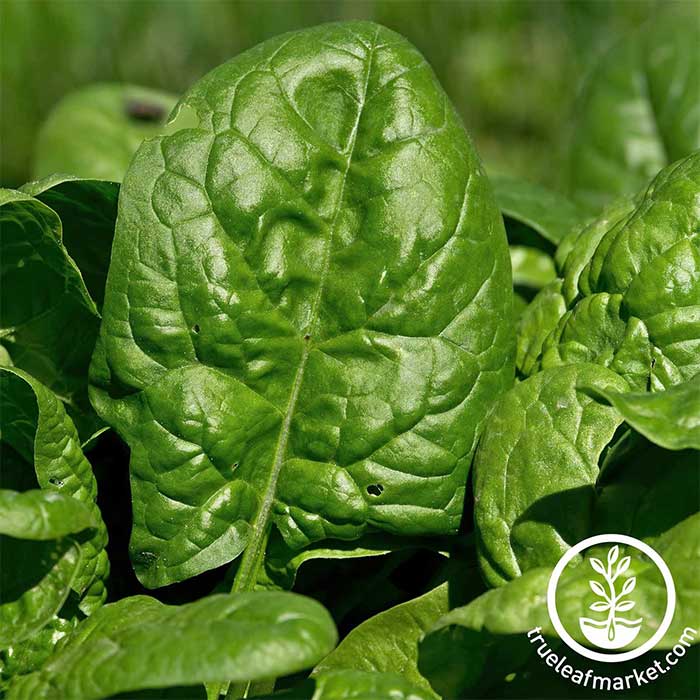Winter Gardening Success
Winter gardening can be as fruitful as Spring and Summer gardening--and some say, a little easier. The following is intended on helping guide you through what gardening styles and garden seed varieties may offer you the best results this winter season!
Legumes
Legumes are some of the most frost-tolerant crops available to gardeners, popularly sown in late autumn and left to mature through winter to help restore nitrogen back into depleted soils. Legumes such as the Austrian field pea or the fava bean are staples to winter gardening and cover crop mixes for quick 50-60 days until maturity. Legumes decline in the mid-summer heat and generally have shorter harvest windows, making nearly a legume ideal for fall and winter gardening.
Brassicas
Brassicas such as broccoli, cabbage, kale, and mustard greens do not fruit and don’t rely on autumn pollinators the way that fruiting crops must, being free to grow nearly anytime of year. And regardless of the type of brassica, all are widely recognized as being frost-tolerant garden favorites able to withstand winter temperatures below freezing. Similar to winter hardy root vegetables, brassicas are considered to even taste best having experienced a frost or two while growing.
Leafy Greens
Similar to brassica, tender leafy greens thrive in cooler and more northern climates, ideal for spring and fall sowing and regions with shortened growing seasons. Leafy greens such as lettuce and spinach may seem like tender summer annuals, but they’re each able to endure winter temperatures down to 20 °F before being stressed. While it may not seem like it, swiss chard is actually directly related to the spring beet, one of the most cold hardy crops in the garden.
Countertop Herbs
While woodier perennial herbs such as lavender and rosemary are grown for their ability to thrive for decades in winter conditions, others can be grown annually as a convenient indoor countertop crop. Tender annuals such as cilantro can be grown indoors year-round when kept on a sunny windowsill or south-facing window to sustain through the winter months. Cilantro is not as frost-hardy as other herbs but can still tolerate outdoor winter temperatures down to about 5 °F.
Root Vegetables
Root vegetables are some of the most reliable and frost tolerant in the fall and winter garden. Whether growing beet, carrot, onion, or parsnip, edible root vegetables thrive in cool spring and autumn temperatures and are widely thought to taste best after some light seasonal frost. Especially beet, radish, and carrot, root vegetables can be sown every 2 weeks throughout the year for nonstop harvests well into the fall. Winter Daikon radish is a staple among cover crop winter gardeners.
Root vegetables are some of the most reliable and frost tolerant in the fall and winter garden. Whether growing beet, carrot, onion, or parsnip, edible root vegetables thrive in cool spring and autumn temperatures.
Check table below to explore more varieties suitable for your climate this winter:
| PLANT | DAYS TO MATURITY RANGE |
|---|---|
| BEANS | 55-60 |
| BEETS | 70-80 |
| BROCCOLI | 90-100 |
| BRUSSEL SPROUTS | 55-65 |
| CAULIFLOWER | 75-85 |
| CABBAGE | 85-95 |
| CARROTS | 75-85 |
| CILANTRO | 50-55 (leaf), 90-105 (seed) |
| COLLARD GREENS | 60-100 |
| KALE | 40-50 |
| KOHLRABI | 50-60 |
| LEEKS | 100-120 |
| LETTUCE | 40-50 (leaf), 70-85 (head) |
| MUSTARD GREENS | 30-40 |
| ONIONS | 60-80 |
| PEAS | 50-60 |
| RADISH | 25-30 |
| RUTABAGA | 70-80 |
| SPINACH | 50-60 |
| SWISS CHARD | 30-50 |
| TURNIPS | 55-60 |


























